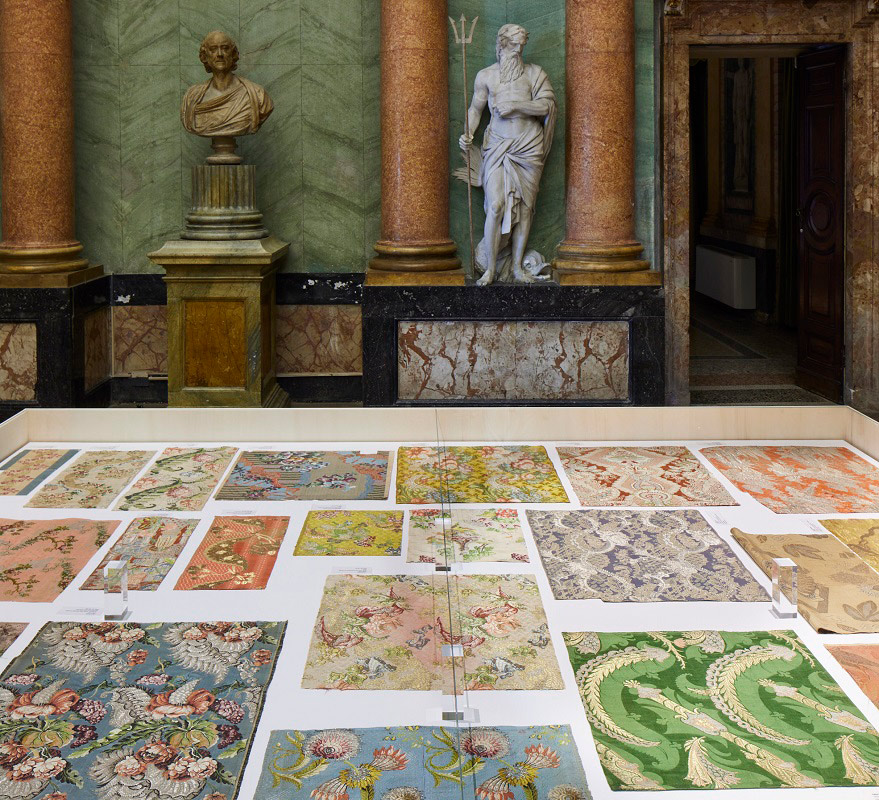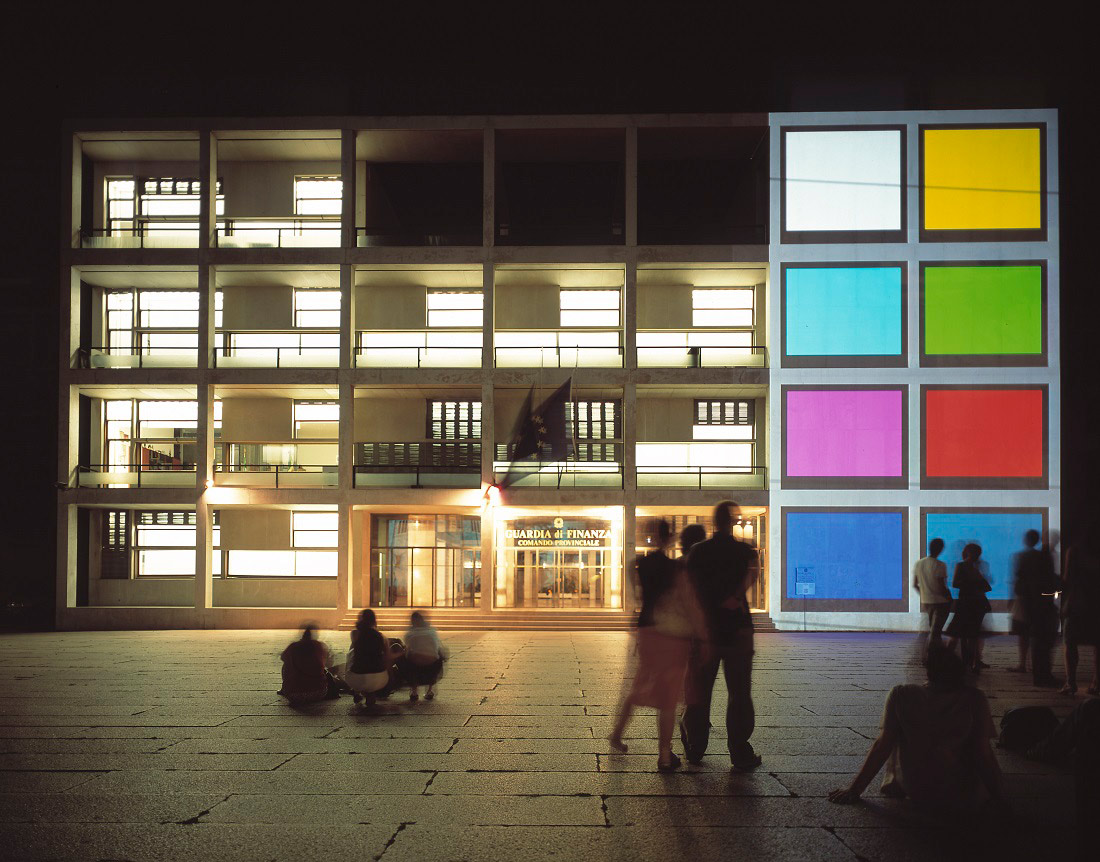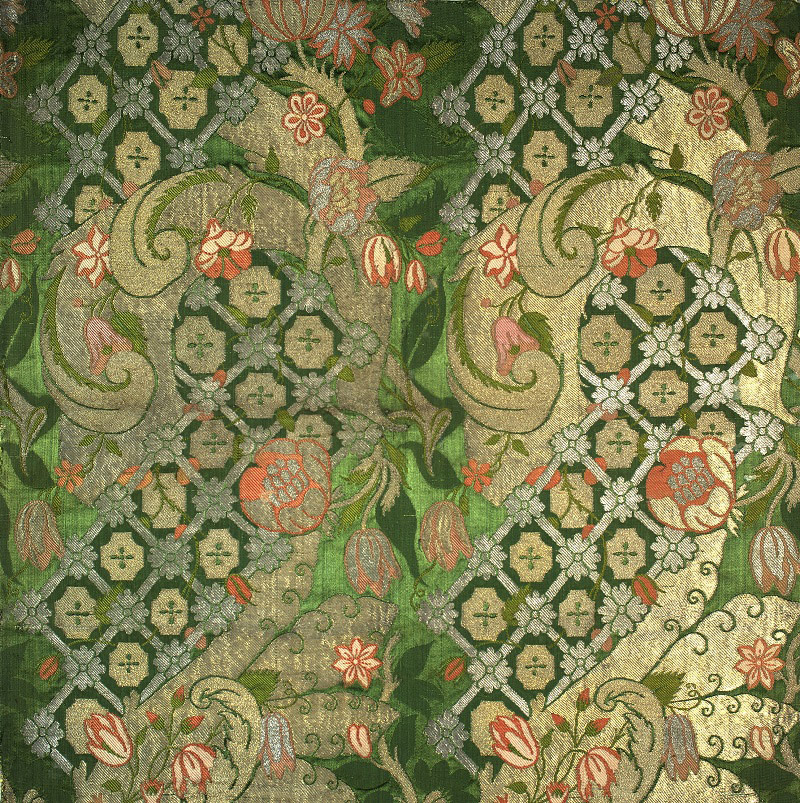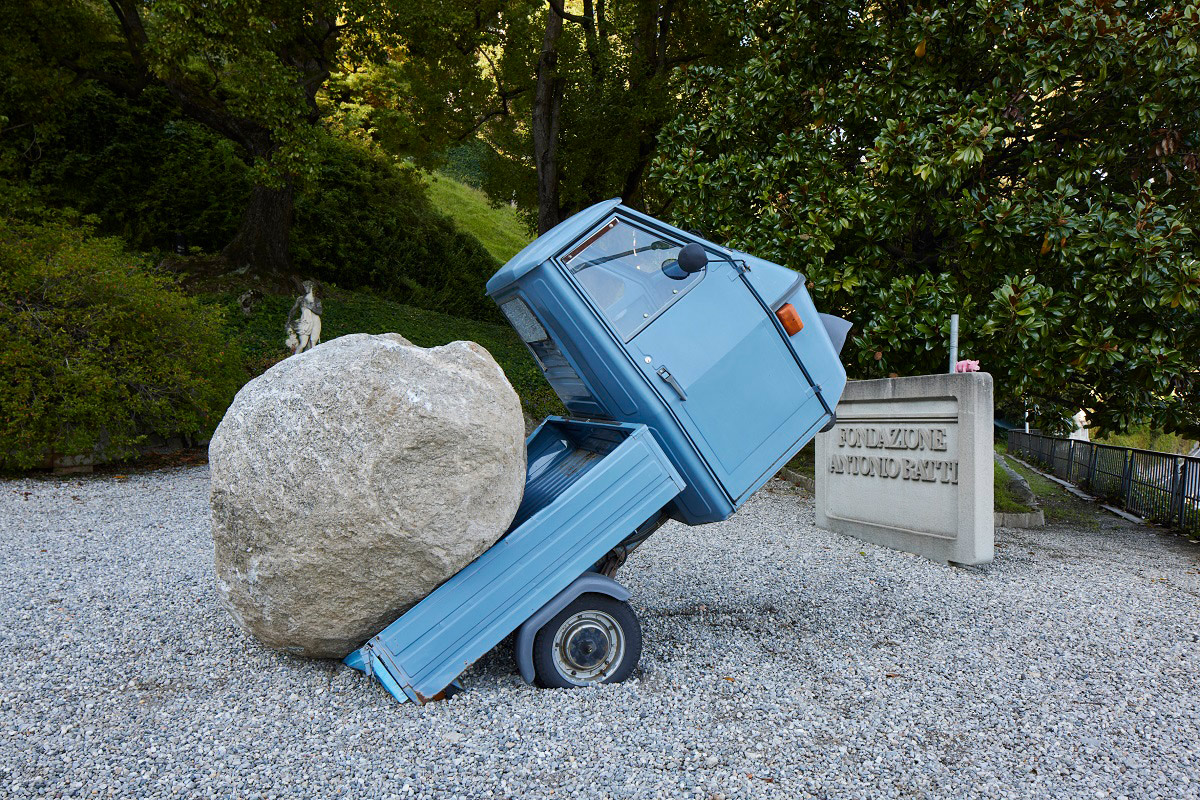Antonio Ratti, The Textile Art Of A Dreamer

One thing he would tell you about himself is that he played first violin in a large orchestra. Acting as a leader for others and with others. A vivid self-portrayal of Antonio Ratti, the leading man in an extraordinary adventure in the textile industry, but above all the man who created that amazing tapestry of destinies known as the Fondazione Antonio Ratti,

one of the world’s greatest textile archives. The city of Como, where Ratti was born on September 22, 1915, is celebrating the life of this entrepreneur and patron of high culture, twenty years after his death, with the marvelous exhibition entitled Antonio’s dream: a Journey through Art and Fabric. The exhibit was curated by Annie Ratti, Maddalena Terragni and Lorenzo Benedetti, and is open until January 31 at Villa Olmo, Villa Grumello and the Foundation’s headquarters at Villa Sucato, all located along the spectacular Chilometro della Conoscenza trail that connects the parks of the three villas.
The city of Como, is celebrating the life of this entrepreneur and patron of high culture, twenty years after his death, with the marvelous exhibition entitled Antonio’s dream: a Journey through Art and Fabric

Antonio Ratti got his start in the textile world at the Technical Institute of Silk Production, before becoming the head designer for a renowned Como-based brand – you can see the cashmere ties he designed for the brand in the exhibition – and then starting his own company Tessitura Serica Antonio Ratti in 1945. This was the first step in an entrepreneurial journey that ultimately led to the formation of the Gruppo Ratti, one of the most important manufacturers in the world of textiles at the highest level of technology and creativity. The red thread woven through every facet of Ratti’s personal and professional life is his love of museums, his belief that interacting with Capital-C Culture refines your vision and shapes your sensibility. As Antonio Ratti used to say: “Knowledge of the past provides a wellspring for new ideas and inspiration for new forms of beauty.” And as the founder’s daughter and curator of the Foundation Annie Ratti says today: “Ideas don’t just appear out of thin air; they are always inspired by something elemental, a memory, a word someone said, a photograph in a museum or simply a split-second sensation. Inspiration is all around us; we must cultivate it every day.”

Why a dream? Because Ratti was a visionary. And why art and textiles? Because this immensely talented man was always able to see the cultural significance of beautiful textile art and create a dialogue between textiles and other artistic disciplines. This is on display at the main Villa Olmo exhibition, thanks to Philippe Rahm’s brilliant scenography produced in collaboration with the architect Corrado Tagliabue,where various antique textiles from Ratti’s collection are juxtaposed with works by contemporary artists who have collaborated with the Foundation over the years, including Luigi Ontani, Giulio Paolini, John Armleder, Walid Raad, Yvonne Rainer, Julia Brown, Moira Ricci and Oriol Vilanova.
In an aim to keep inspiration flowing, Ratti created the Palazzina dei Servizi Sociali in 1958, which hosted concerts, theatrical performances, workshops and debates for company employees. In 1985, he set up the Foundation, known as FAR, assembling a veritable treasure chest of more than 40,000 textiles, some 30,000 of which have since been uploaded to the digital archive (visit the archive at www.fondazioneratti.org under “Textile Collection”). At the heart of the historical collection are 3,300 textile fragments from the 3rd to the 20th century, including Coptic and Native American textiles, velvets from the Italian Renaissance, shawls made of Indian and European cashmere, French silks, Kuba dresses, Central Asian ikats and Japanese kimonos. In 1995, in another extraordinary turn of events, Ratti endowed the first textile research and restoration center within the collections of the Metropolitan Museum of New York, the Antonio Ratti Textile Center. Ratti was pursuing multiple collaborations with different artists during the same period, in part through the visual arts workshops at his Artists’ Research Laboratory, where young artists from across the globe are encouraged to experiment in their craft in dialogue with such famous masters as Marina Abramović, Allan Kaprow, Ilya Kabakov, Giulio Paolini, Tacita Dean, and Jimmie Durham (see the Foundation website for information on the 2022 workshop). In fact, it is one of Durham’s most celebrated works, “The Apecar overturned by a Boulder”, a representation of the dialogue between nature and technology, that you first see when you arrive at the Villa Sucota gardens. From here, between the centuries-old trees, you also see the beauty of Lake Como shining through. Perhaps this is another piece of Antonio’s dream? To weave together a tribute to this place and the blue waters, gardens, flowers and mountains that so inspired him.



